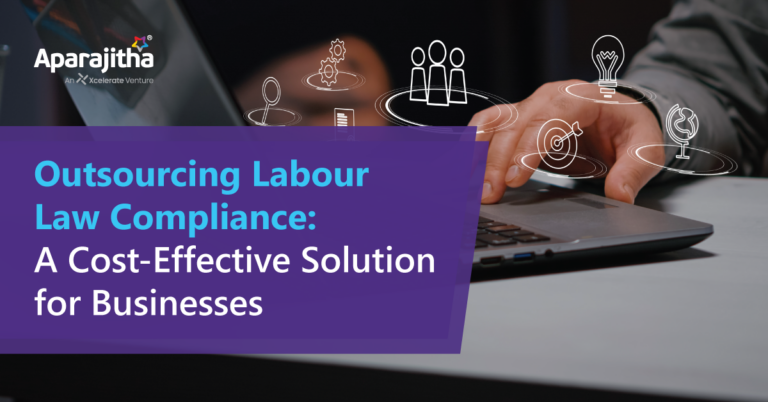The question ‘do we need compliance software’ has become obsolete. Even a few years ago, companies managed to tackle regulation with large teams of compliance management professionals – operating a complex system of monitoring, updating, flagging and reporting. Not anymore.
Regulations are evolving faster than teams can keep up, and with many key processes moving online, it made sense to connect compliance management as well. Thanks to better technology and increasing computing power, automation of multiple tasks have become viable. However, technology is still only a tool. A more important criterion is the ecosystem it represents. Then there are privacy and security concerns – how much can you trust the system with sensitive data? And what about ease of use? A system that simply dumps the user with terabytes of information, with no way of gaining insight, is counterproductive.
To effectively take care of such concerns, and to find a compliance software that fits your enterprise’s requirements like a glove, here are five aspects to consider, in no particular order.
Data Security:
The compliance software provider must be able to prove beyond doubt that your company’s data is safe with the system. While access control, malware protection, authentication are all essential parts of this piece, an understanding of the process flow or protocol that the compliance software follows will reveal its strengths and vulnerabilities.
Up-to-date Repository:
Regulation, as we have seen, is evolving all the time. It is important for a software provider to also equip the solution with a repository that is up to date, not just at the time of installation, but at any given time. This means the software must tap into the data feeds of scores of regulatory bodies and update its own repository.
Modularity:
Every enterprise is unique, even within the same industry. The innovations in the process flow that your company might have adopted should not be sacrificed because of the limitations of the compliance software. Any technological solution you choose must come with a modular framework which accommodates your company’s policies and structure.
Efficient Tracking and Alerts:
The chief purpose of bringing in technology is to make compliance tracking more frequent, efficient, and actionable. It must be possible to set the periodicity of ‘sweeping’ and customize alerts as per the company’s priorities.
Insight over Information:
Delivering a dump of data every month is of no use to the company. Parsing this data and identifying patterns is the true test of compliance software. There are powerful technologies available today which can crunch numbers and isolate patterns. These insights will determine company policy and behaviour.
The ultimate test, however, is to find out how much the software provider knows your business. When it comes to compliance, there is no substitute to an intimate knowledge of the environment in which your business operates, the regulatory requirements therein, and the larger priorities of the industry. This knowledge invariably manifests itself in the effectiveness of the software.
Join the conversation.
Share your comments and feedback with compfie@aparajitha.com







